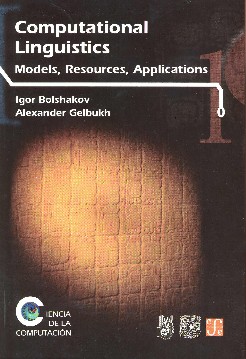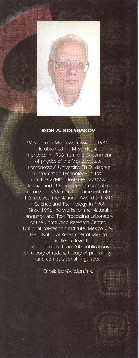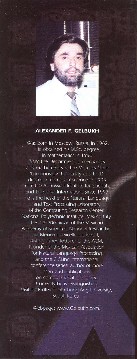 |
Book:
COMPUTATIONAL LINGUISTICS:
Igor A. Bolshakov and Alexander Gelbukh
IPN-UNAM-FCE,
2004, 186 pp.
Download - Contact - Abstract - Feedback - Contents - Errata |
  |
 |
Book:
COMPUTATIONAL LINGUISTICS:
Igor A. Bolshakov and Alexander Gelbukh
IPN-UNAM-FCE,
2004, 186 pp.
Download - Contact - Abstract - Feedback - Contents - Errata |
  |
Contact, more information on the subject, and other publications by the same authors: here.
Abstract: Can computers meaningfully process human language? If this is difficult, why? If this is possible, how? This book introduces the reader to the fascinating science of computational linguistics and automatic natural language processing, which combines linguistics and artificial intelligence. The main part of the book is devoted to the explanation of the inner working of a linguistic processor, a software module in charge of translating natural language input into a representation directly usable by traditional artificial intelligence applications and, vice versa, of translating their answer into human language. Overall emphasis in the book is made on a well-elaborated, though—for a number of historical reasons—so far little-known in the literature computational linguistic model called Meaning-Text Theory. For comparison, other models and formalisms are considered in detail. The book is mainly oriented to researchers and students interested in applications of natural language processing techniques to Spanish language. In particular, most of the examples given in the book deal with Spanish language material—which is a feature of the book distinguishing it from other books on natural language processing. However, our main exposition is sufficiently general to be applicable to a wide range of languages. Specifically, it was taken into account that many readers of the book will be Spanish native speakers. For them, some comments on the English terminology, as well as a short English-Spanish dictionary of technical terms used in the book, were included. Still, reading the book in English will help Spanish-speaking readers to become familiar with the style and terminology used in the scientific literature on the subject.
Send us your feedback and/or questions! See contact options here.